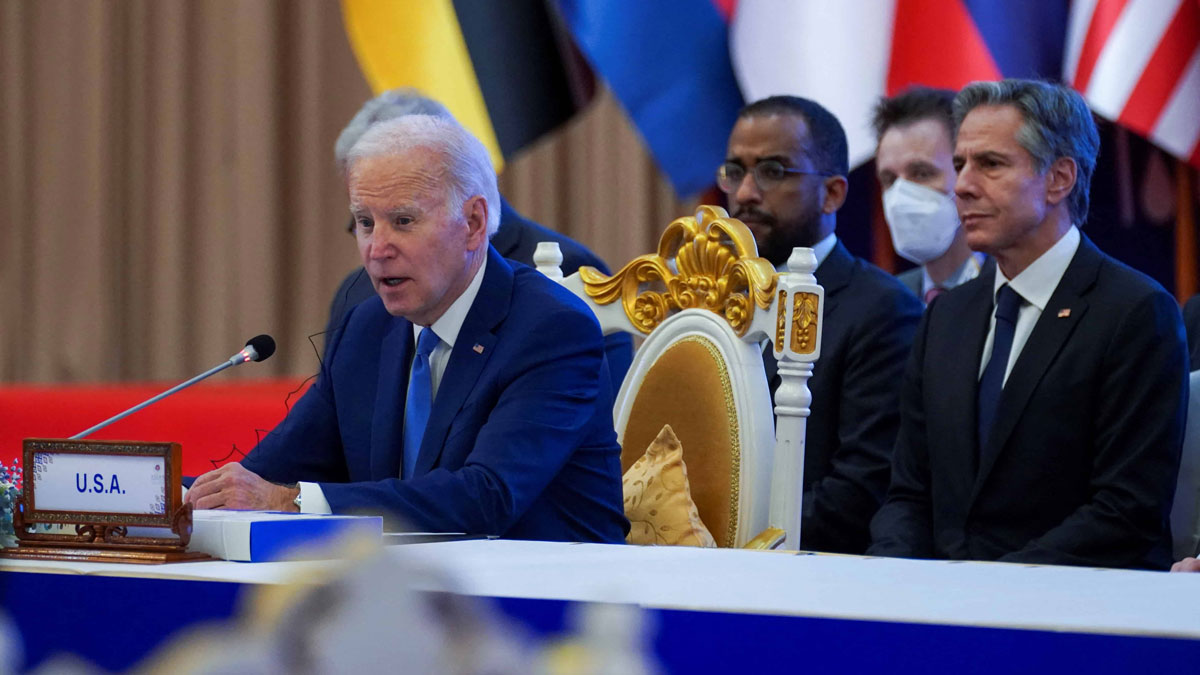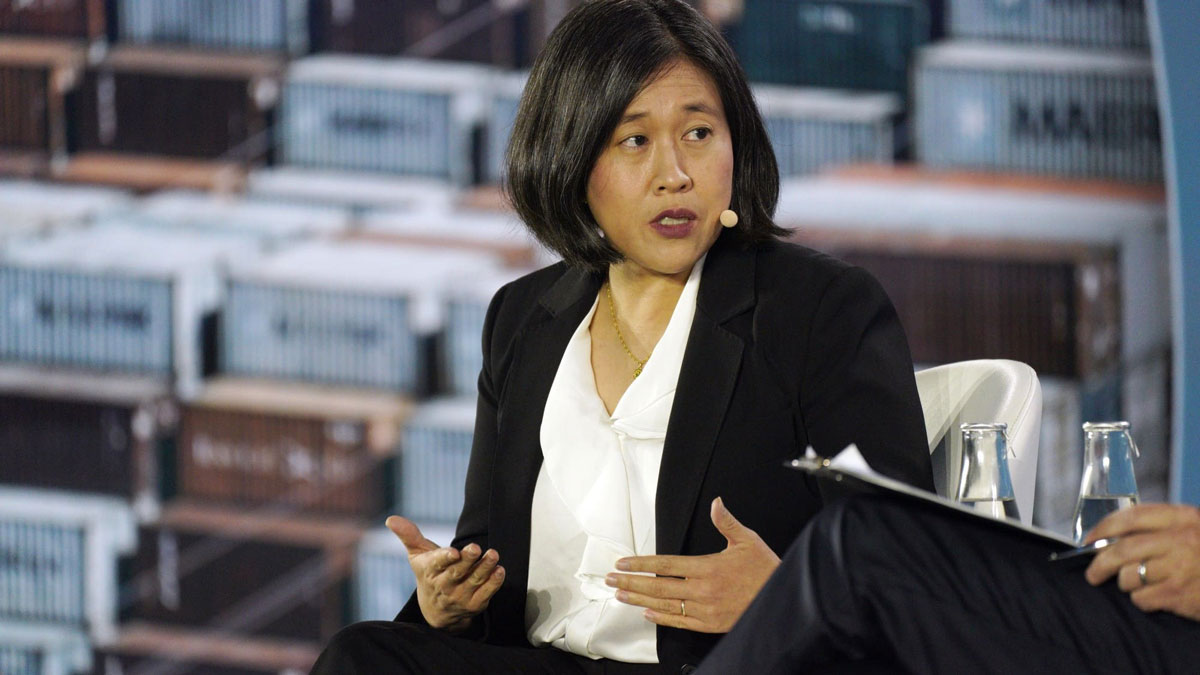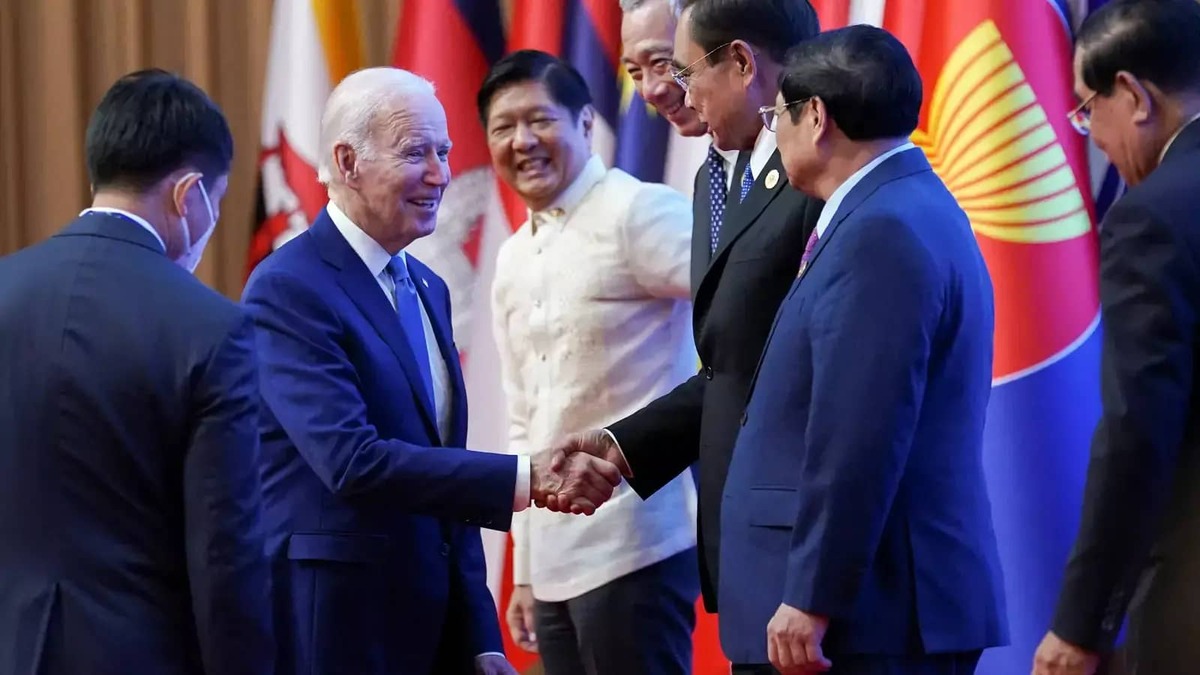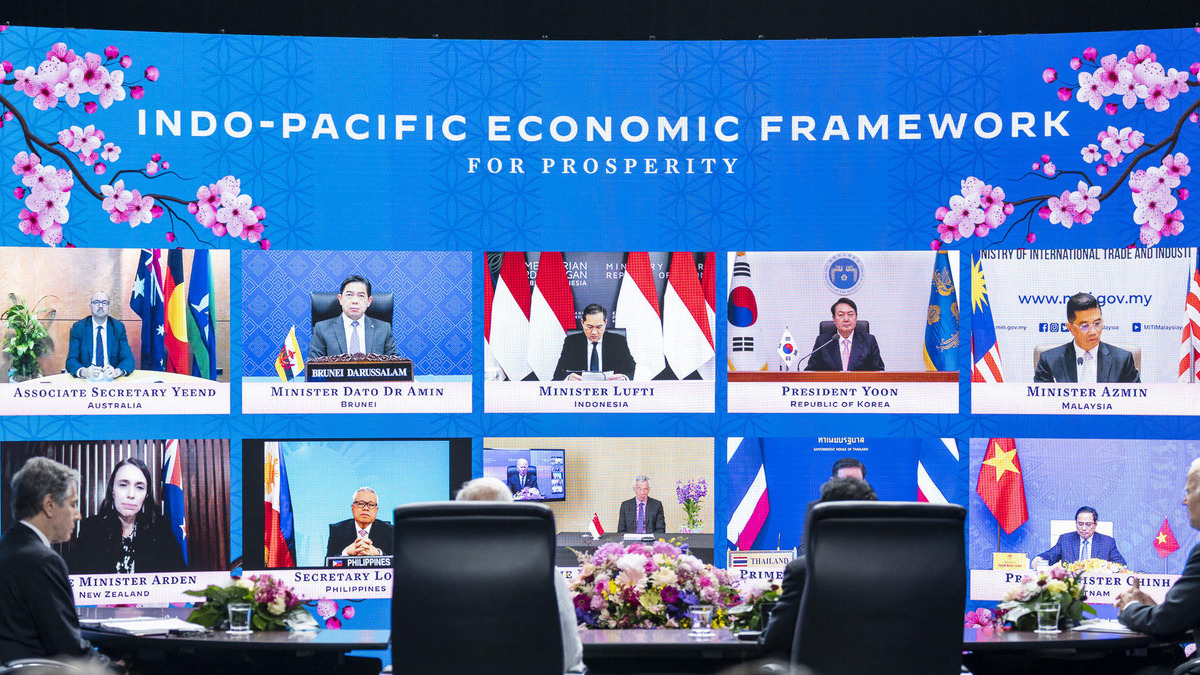
Published 28 May 2024
American engagement with the Indo-Pacific is at a critical juncture. US commitment towards economic integration with the region via platforms such as IPEF is met with skepticism even from its closest allies. Although many of Washington’s abrupt policy changes have been aimed at China, their negative impacts have been felt across the rest of Asia.
The United States has been the most important actor in shaping the global trade and economic landscape for decades. Its commitment to open trade and economic engagement has helped most of the Indo-Pacific economies experience sustained growth.
However, a wavering commitment by the United States to the principles of multilateralism, absence of US involvement in the key regional economic architectures such as the CPTPP and RCEP, and a renewed enthusiasm for unilateral trade actions have made relations between the US and Asia more complicated. Many of the decisions taken by Washington, across the past two administrations, in particular, have had profound consequences for countries in the region, even if they were not the originally intended targets of policy changes.
In this testimony to the US-China Economic and Security Review Commission, Hinrich Foundation Head of Trade Policy Deborah Elms discusses how Indo-Pacific countries are responding to changing US trade policies and makes recommendations of what American policymakers can do to manage economic engagement more effectively with the region.
Download What Asia needs from US global economic strategy by Deborah Elms:

Economic integration of the US with the Indo-Pacific is essential for national security. With minimal recent American trade integration in the region, Beijing has been steadily building the trade dependencies of other Indo-Pacific economies with China, as the trade data indicates. Bolstering US competitiveness as a trade partner in the region is not something to be done with half measures. It requires concrete, continuous, and observable actions, Elms writes.
© The Hinrich Foundation. See our website Terms and conditions for our copyright and reprint policy. All statements of fact and the views, conclusions and recommendations expressed in this publication are the sole responsibility of the author(s).
Author
Deborah Elms
Dr. Elms is Head of Trade Policy at the Hinrich Foundation in Singapore. Prior to joining the Foundation, she was the Executive Director and Founder of the Asian Trade Centre (ATC). She was also President of the Asia Business Trade Association (ABTA) and the Board Director of the Asian Trade Centre Foundation (ATCF).
Have any feedback on this article?
Related Articles

The true cost of USTR’s U-turn on data in the WTO e-commerce talks
21 November 2023

Hard truths in the conversation between the US and Southeast Asia
03 October 2023

Jump-starting US trade and economic engagement in the Indo-Pacific
26 September 2023

The true cost of USTR’s U-turn on data in the WTO e-commerce talks
21 November 2023

Hard truths in the conversation between the US and Southeast Asia
03 October 2023

Jump-starting US trade and economic engagement in the Indo-Pacific
26 September 2023





